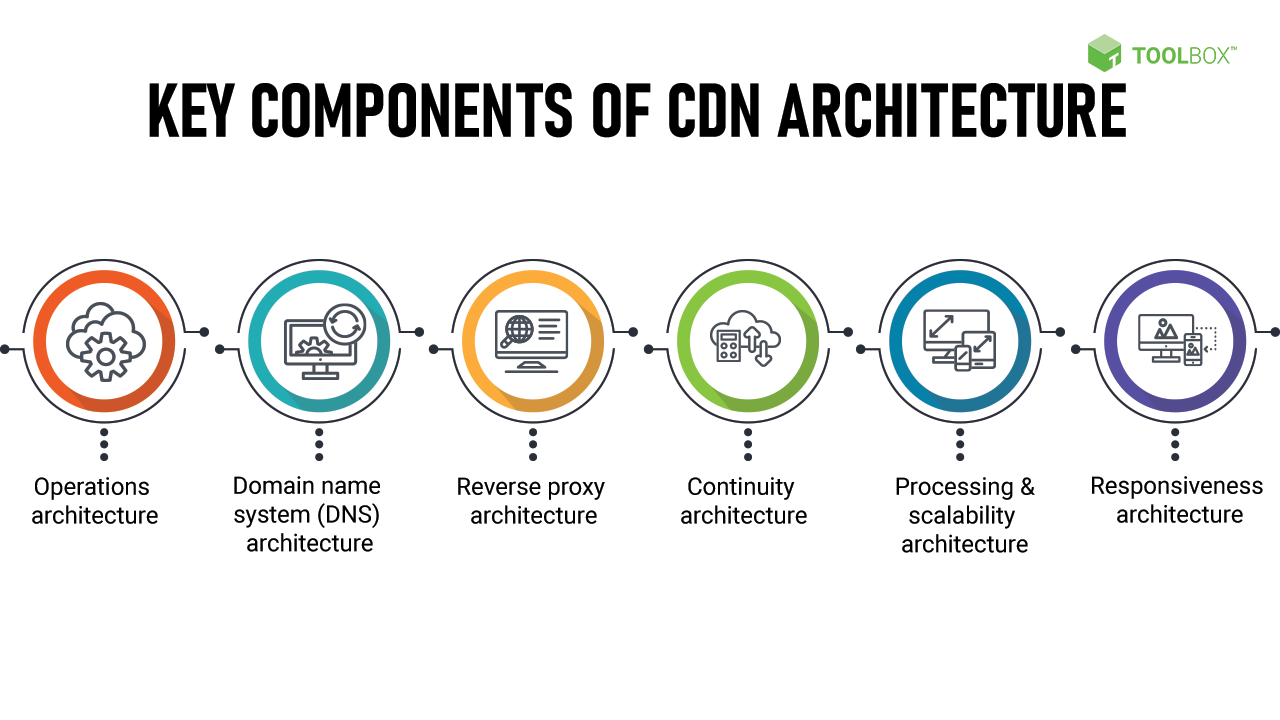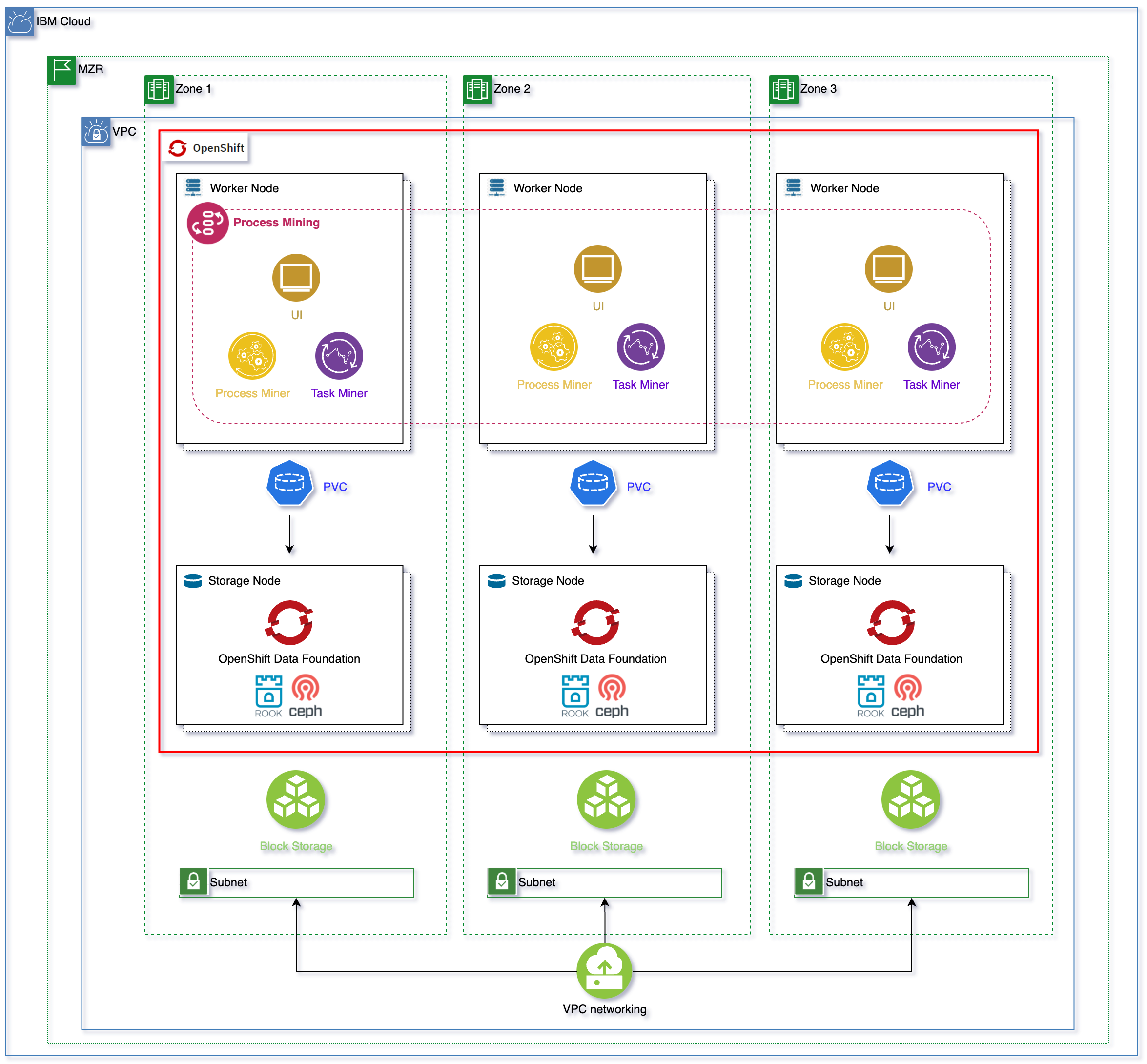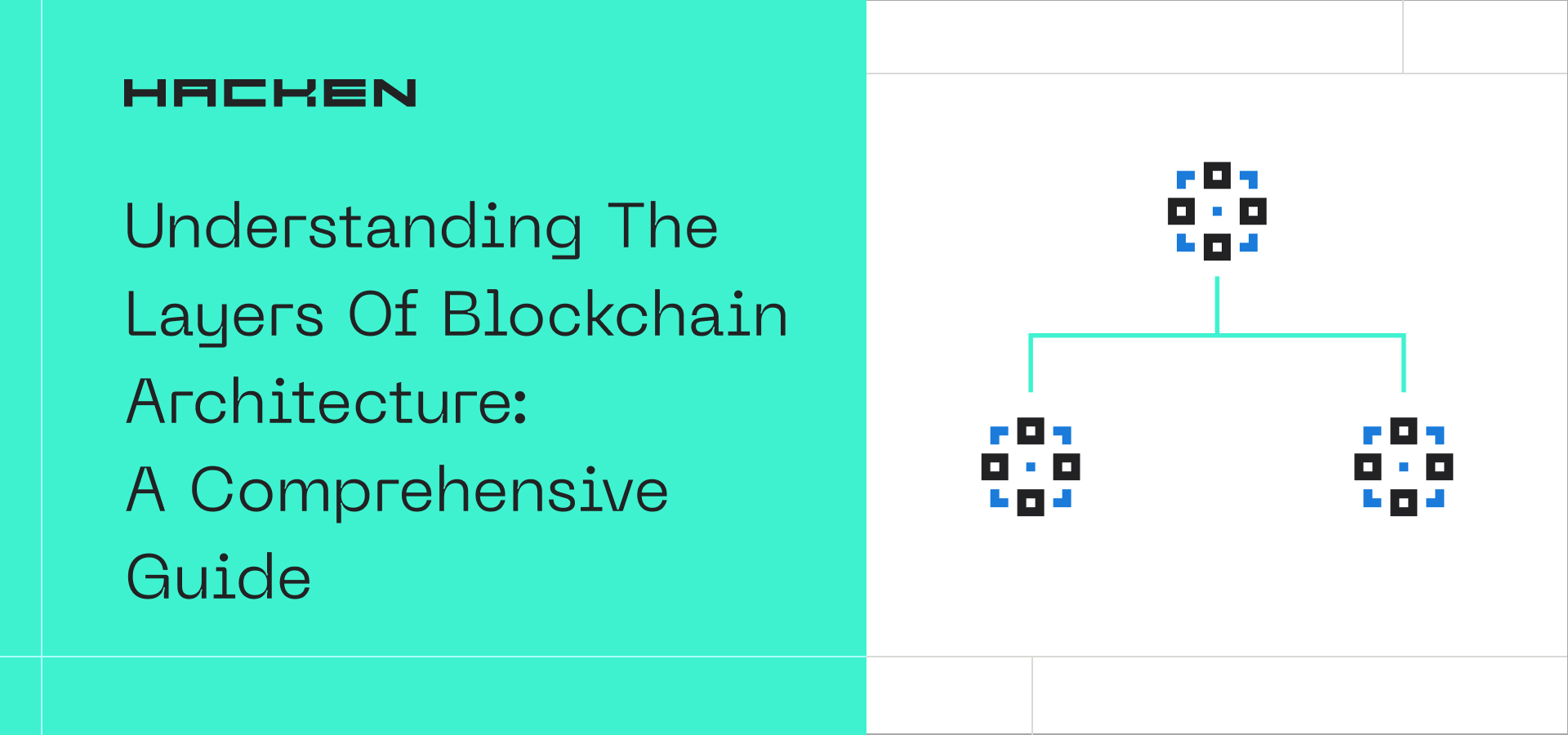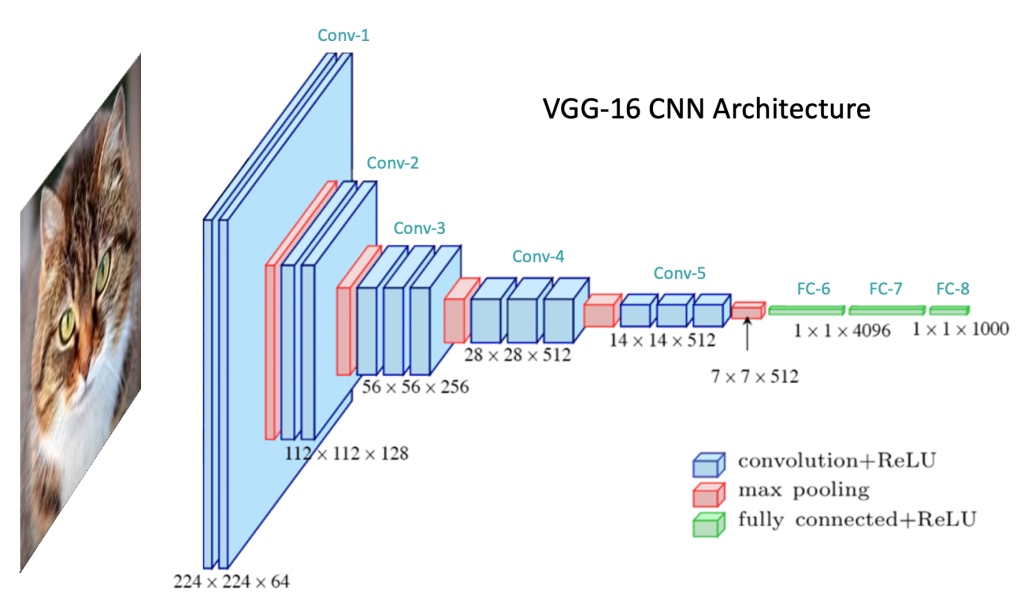Disaster Recovery (DR) Cloud Architecture: Ensuring Business Continuity in the Digital Age
Disaster recovery (DR) has become a crucial aspect of any organization’s IT infrastructure in today’s digital age. With the increasing reliance on technology and the ever-growing threat landscape, businesses need to ensure the continuity of their operations even in the face of unforeseen disasters. This is where disaster recovery cloud architecture comes into play.
Understanding Disaster Recovery (DR) and Its Significance
Defining Disaster Recovery
Disaster recovery refers to the process of restoring and recovering IT systems, applications, and data in the event of a disaster. It involves implementing strategies and procedures to ensure business continuity and minimize downtime. Whether it’s a natural disaster, cyberattack, or hardware failure, having a robust disaster recovery plan in place is essential to keep your organization running smoothly.
The Importance of Disaster Recovery
The importance of disaster recovery cannot be overstated. Without a solid DR plan, businesses are exposed to significant risks. Downtime can lead to financial losses, reputational damage, and operational disruptions. By investing in disaster recovery, organizations can mitigate these risks and ensure the survival of their operations even in the face of unexpected events.
Types of Disasters
Disasters can come in various forms, each with its unique challenges. Natural disasters such as hurricanes, earthquakes, and floods can cause physical damage to infrastructure and disrupt operations. On the other hand, cyberattacks, system failures, and human errors can lead to data breaches, loss of critical information, and service interruptions. Understanding the different types of disasters is crucial in developing a comprehensive disaster recovery plan.
The Consequences of Inadequate Disaster Recovery
The consequences of inadequate disaster recovery can be severe. Downtime can result in lost revenue, missed opportunities, and dissatisfied customers. Moreover, organizations that fail to recover quickly from disasters may struggle to regain customer trust and face legal and regulatory repercussions. It is essential to invest in a robust disaster recovery plan to mitigate these potential consequences.
Introduction to Cloud Computing and Its Role in Disaster Recovery
Understanding Cloud Computing
Cloud computing refers to the delivery of computing services over the internet. Instead of relying on local servers and infrastructure, organizations can leverage cloud service providers to store data, run applications, and access resources on-demand. Cloud computing offers scalability, flexibility, and cost-efficiency, making it an ideal solution for disaster recovery.
The Benefits of Cloud Computing in Disaster Recovery
Cloud computing offers several advantages when it comes to disaster recovery. First and foremost, it eliminates the need for costly on-premises infrastructure, reducing capital expenditure. Additionally, cloud service providers offer robust security measures, ensuring the safety and integrity of your data. The scalability of cloud resources also enables organizations to scale up or down based on their recovery needs. These benefits make cloud computing an ideal platform for implementing disaster recovery solutions.
Key Components of Disaster Recovery Cloud Architecture
Data Backups and Replication
Data backups and replication are fundamental components of any disaster recovery plan. Organizations must regularly back up their critical data and ensure that these backups are stored in secure off-site locations. Additionally, replication allows for the duplication of data and applications across multiple locations, ensuring redundancy and faster recovery times.
Failover Mechanisms
Failover mechanisms are crucial for minimizing downtime during a disaster. They involve the automatic switching of operations from primary systems to secondary systems in case of a failure. By implementing failover mechanisms, organizations can ensure continuous operations and minimize the impact of disruptions on their business.
Data Synchronization and Consistency
Data synchronization and consistency are vital in disaster recovery scenarios. Organizations must ensure that data across different systems and locations are synchronized and consistent to avoid data corruption or loss. This can be achieved through real-time replication, data integrity checks, and regular synchronization processes.
Network Infrastructure and Connectivity
A robust and reliable network infrastructure is essential for disaster recovery cloud architecture. Organizations must ensure that their network can handle the increased traffic during a disaster and provide seamless connectivity. Redundant network connections and failover mechanisms can help maintain network availability and minimize disruptions.
Security and Access Controls
Security is a critical aspect of disaster recovery cloud architecture. Organizations must implement strong access controls, encryption, and authentication mechanisms to protect their data from unauthorized access. Additionally, regular security audits and vulnerability assessments can help identify and address any potential vulnerabilities in the system.
Designing a Disaster Recovery Plan
Risk Assessment and Business Impact Analysis
Before designing a disaster recovery plan, organizations must conduct a comprehensive risk assessment and business impact analysis. This involves identifying potential risks, assessing their likelihood and impact on the business, and prioritizing recovery efforts based on criticality. By understanding the risks and their potential consequences, organizations can develop targeted and effective recovery strategies.
Recovery Point Objective (RPO) and Recovery Time Objective (RTO)
Recovery Point Objective (RPO) and Recovery Time Objective (RTO) are two key metrics used in disaster recovery planning. RPO refers to the maximum acceptable data loss in the event of a disaster, while RTO refers to the maximum acceptable downtime. Determining the RPO and RTO for different systems and applications is crucial in designing a disaster recovery plan that meets the organization’s recovery objectives.
Choosing the Right Recovery Strategies
Based on the risk assessment and business impact analysis, organizations can choose the most appropriate recovery strategies for different systems and applications. These strategies can include options such as backup and restore, warm site, cold site, and cloud-based recovery. It is essential to align the chosen recovery strategies with the organization’s recovery objectives and budgetary constraints.
Documenting the Disaster Recovery Plan
A well-documented disaster recovery plan is essential for effective implementation and communication. The plan should include detailed procedures, contact information, recovery workflows, and responsibilities of different stakeholders. Regular reviews and updates should be conducted to ensure that the plan remains up-to-date and aligned with the organization’s evolving needs.
Choosing the Right Cloud Service Provider
Assessing Provider Capabilities and Expertise
When choosing a cloud service provider for disaster recovery, organizations must assess the provider’s capabilities and expertise in delivering reliable and secure services. Factors to consider include the provider’s track record, certifications, data center locations, and disaster recovery offerings. It is crucial to choose a provider with a proven track record in delivering high-quality disaster recovery solutions.
Scalability and Flexibility
Scalability and flexibility are essential considerations when selecting a cloud service provider. The provider should offer the ability to scale resources up or down based on the organization’s recovery needs. Additionally, the provider should support different recovery scenarios, such as full site failover or individual application recovery, to provide maximum flexibility in managing disasters.
Security and Compliance
Security and compliance should be top priorities when evaluating cloud service providers. The provider should have robust security measures in place, including encryption, access controls, and regular security audits. Additionally, the provider should comply with relevant industry regulations and standards to ensure the protection of sensitive data and adherence to legal requirements.
Service Level Agreements (SLAs)
Service Level Agreements (SLAs) define the terms and conditions of the service between the organization and the cloud service provider. When selecting a provider, organizations must review the SLAs carefully to understand the provider’s commitments regarding uptime, data availability, and support response times. It is essential to choose a provider with SLAs that align with the organization’s recovery objectives and expectations.
Implementing Disaster Recovery Cloud Architecture: Best Practices
Automating Disaster Recovery Processes
Automation plays a crucial role in disaster recovery cloud architecture. Organizations should leverage automation tools and scripts to streamline recovery processes, minimize human errors, and speed up recovery times. Automated backups, failover mechanisms, and testing procedures can significantly enhance the effectiveness of the disaster recovery plan.
Regularly Testing the Disaster Recovery Plan
Regular testing is essential to ensure the reliability and effectiveness of the disaster recovery plan. Organizations should conduct both planned and unplanned tests to simulate various disaster scenarios and validate the recovery processes. Testing should involve all stakeholders and include comprehensive documentation of test results, lessons learned, and areas for improvement.
Training and Awareness
Training and awareness programs are critical to the successful implementation of disaster recovery plans. All stakeholders, including IT staff, management, and end-users, should receive training on their roles and responsibilities during a disaster. Regular awareness campaigns can also help promote a culture of preparedness and ensure that employees understand the importance of their contribution to the organization’s recovery efforts.
Monitoring and Continuous Improvement
Monitoring the performance of the disaster recovery cloud architecture is vital to detect any issues or bottlenecks. Organizations should implement robust monitoring tools and establish key performance indicators (KPIs) to track the effectiveness of the recovery processes. Regular reviews and continuous improvement initiatives should be conducted to identify areas for enhancement and ensure the resilience of the disaster recovery solution.
Testing and Validating Your Disaster Recovery Plan
Types
Types of Testing
There are different types of testing that organizations can conduct to validate their disaster recovery plan. These include tabletop exercises, where stakeholders simulate disaster scenarios and discuss the appropriate response actions. Functional testing involves testing individual components of the recovery plan to ensure their proper functioning. Full-scale testing involves executing the entire recovery plan in a controlled environment to assess its effectiveness and identify any gaps or areas for improvement.
Testing Methodologies
Various testing methodologies can be employed during the validation process. Parallel testing involves running the production environment and the recovery environment simultaneously to compare their performance. This helps identify any discrepancies and ensures that the recovery environment is capable of handling the workload. Another approach is the phased testing, where recovery processes are tested in stages to ensure a smooth transition and minimize disruption to critical operations.
Ensuring Data Integrity
Data integrity is a crucial aspect of disaster recovery. Organizations must ensure that data remains intact and consistent throughout the recovery process. Regular data integrity checks, checksum verification, and data validation mechanisms should be implemented to prevent data corruption or loss. Additionally, organizations should establish backup validation processes to verify the integrity and recoverability of backup data.
Monitoring and Maintaining Your Disaster Recovery Cloud Architecture
Real-time Monitoring
Real-time monitoring is essential to detect any issues or anomalies in the disaster recovery cloud architecture. Organizations should implement monitoring tools that provide insights into system performance, network connectivity, and data replication. Alerts and notifications should be set up to immediately notify the relevant stakeholders in case of any deviations from the expected performance or availability.
Regular Maintenance and Upgrades
Regular maintenance and upgrades are necessary to ensure the smooth operation of the disaster recovery cloud architecture. This includes patching and updating software, firmware, and security measures to address any vulnerabilities or performance issues. Organizations should also conduct periodic audits and assessments to evaluate the effectiveness of the disaster recovery plan and identify areas for improvement.
Reviewing and Updating the Disaster Recovery Plan
A disaster recovery plan is not a one-time document but a living document that needs regular review and updates. As the organization’s infrastructure and requirements evolve, the disaster recovery plan should be adjusted accordingly. Regular reviews should be conducted to assess the plan’s effectiveness, address any identified shortcomings, and incorporate lessons learned from testing and real-world incidents.
Continuous Training and Awareness
Training and awareness programs should not be limited to the initial implementation phase but should be an ongoing effort. Regular training sessions and awareness campaigns should be conducted to ensure that all stakeholders are well-informed about their roles and responsibilities in the event of a disaster. This helps maintain a high level of preparedness and ensures that everyone understands the importance of their contribution to the overall recovery efforts.
Challenges and Considerations in Disaster Recovery Cloud Architecture
Bandwidth and Network Limitations
One of the challenges in disaster recovery cloud architecture is the availability and capacity of the network infrastructure. Organizations must ensure that their network can handle the increased traffic during a disaster and provide sufficient bandwidth for data replication and recovery processes. Bandwidth limitations can impact the recovery time and may require organizations to prioritize critical systems and data.
Data Security and Compliance
Data security and compliance are ongoing concerns in disaster recovery cloud architecture. Organizations must ensure that their data remains secure and compliant with relevant regulations during the recovery process. This involves implementing encryption, access controls, and other security measures. Additionally, organizations must ensure that their disaster recovery plan aligns with industry-specific regulations and standards.
Complexity and Scalability
Implementing disaster recovery cloud architecture can be complex, especially for organizations with large-scale and diverse IT environments. The architecture must be designed to accommodate the organization’s specific needs and scalability requirements. Balancing complexity and scalability requires careful planning and consideration of factors such as data volumes, application dependencies, and recovery time objectives.
Cost Considerations
Cost is an important consideration in disaster recovery cloud architecture. While cloud-based solutions offer cost-saving benefits compared to traditional on-premises infrastructure, organizations must carefully evaluate the total cost of ownership. Factors to consider include the cost of data storage, network bandwidth, licensing fees, and ongoing maintenance and monitoring expenses. Organizations should strike a balance between cost and the level of protection required for their critical systems and data.
The Future of Disaster Recovery Cloud Architecture
Emerging Technologies
The future of disaster recovery cloud architecture is influenced by emerging technologies. Advancements in areas such as artificial intelligence, machine learning, and automation are expected to enhance the speed and efficiency of recovery processes. Technologies like predictive analytics and real-time monitoring will enable organizations to identify potential threats and take proactive measures to mitigate them.
Hybrid Cloud Solutions
Hybrid cloud solutions, combining on-premises infrastructure with public and private cloud resources, are expected to play a significant role in future disaster recovery strategies. Hybrid cloud environments offer the flexibility to store critical data locally while leveraging cloud resources for backup, replication, and recovery purposes. This approach provides organizations with greater control over their data and enables faster recovery times.
Improved Resilience and Automation
The future of disaster recovery cloud architecture will focus on improving resilience and automation. Organizations will increasingly rely on self-healing systems that can automatically detect and address issues, reducing the need for manual intervention. Additionally, advancements in data replication and synchronization technologies will enhance the speed and accuracy of recovery processes, minimizing downtime and data loss.
As organizations continue to embrace digital transformation and rely on technology for their day-to-day operations, disaster recovery cloud architecture will remain a critical aspect of their IT strategies. By implementing robust and comprehensive disaster recovery plans, organizations can ensure business continuity, protect their data, and mitigate the potential impact of disasters. With the ever-evolving threat landscape, it is essential for organizations to stay up-to-date with the latest best practices, technologies, and trends in disaster recovery to effectively safeguard their operations in the digital age.









